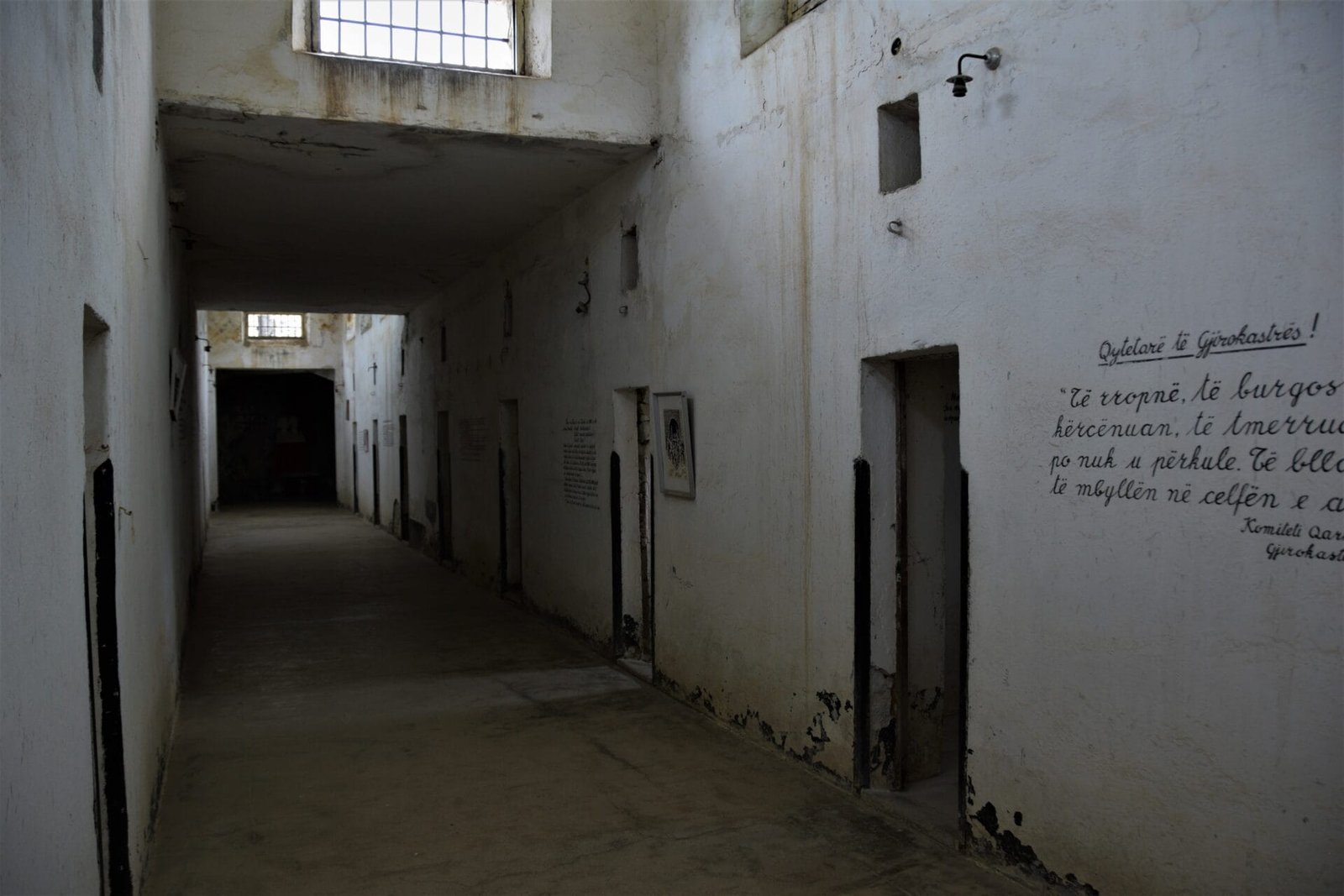“Sigurimi is the sharp and dear weapon of our Party, because it protects the interests of our people and our socialist state against internal and external enemies”
Enver Hoxha
In November 1944, the Nazi occupation of Albania ended.
However, instead of breaking the cycle of suffering, the victorious National Liberation Movement (NLC) turned into the evil they once vowed to vanquish. In a sick twist of fate, the liberator had become the oppressor.
Over the following decades, Enver Hoxha and his communist comrades went on to establish one of the most horrific dictatorships in post-war Europe. Any resistance was brutally quenched, human rights replaced by torture and murder. Those who were deemed “enemies of the state” slaved away in labour camps or carved out a miserable existence in the darkness of a cell.
At the same time, the country was transformed into a fortress. A fortress no one should be able to enter or leave. Isolated from the world, fear and paranoia reigned within the hearts of the Albanian people for forty-six gruelling years.
Today, freedom has returned and Albania has opened her borders to a world she was so long apart of.
Still, to truly grasp this fascinating nation you will have to confront her most tragic chapter.
Here are the best places to do so.

Bunk'Art 1 (Tirana)
When Nikita Khrushchev became the most powerful man of the Soviet Union in 1961, Enver Hoxha was furious. Labelling the nascent de-Stalinization process as outright treachery against the communist ideals, all ties between the countries were cut immediately, leaving Albania isolated on the international stage (Albania turned to China for a decade but the story repeated itself after Nixon’s visit to the country in 1972).
To compensate for the sudden lack of allies, Hoxha ordered the “bunkerisation” of the country. In his paranoid mind thousands of bunkers should transform his homeland into an impenetrable fortress able to withstand an imminent onslaught from all sides. Soon, Albania’s coast and countryside were littered with concrete domes, while her mountains were penetrated and permeated by underground fortifications.
The most impressive of these subterranean shelters was built at the outskirts of the country’s capital Tirana. The complex, designed to survive a nuclear attack, was constructed to guarantee the smooth function of the political and military leadership in time of crisis and featured an assembly hall for the parliament and over 100 offices across five floors, including Enver Hoxha’s personal apartment.
Today, the bunker has been turned into a vivid museum, highlighting the history of Albania’s darkest era, as well as different aspects of life under communist rule.
Entrance fee | 500 Lek | Audio Tour 700 Lek (Summer 2023)
Opening hours | 9:30-16:00 | every day
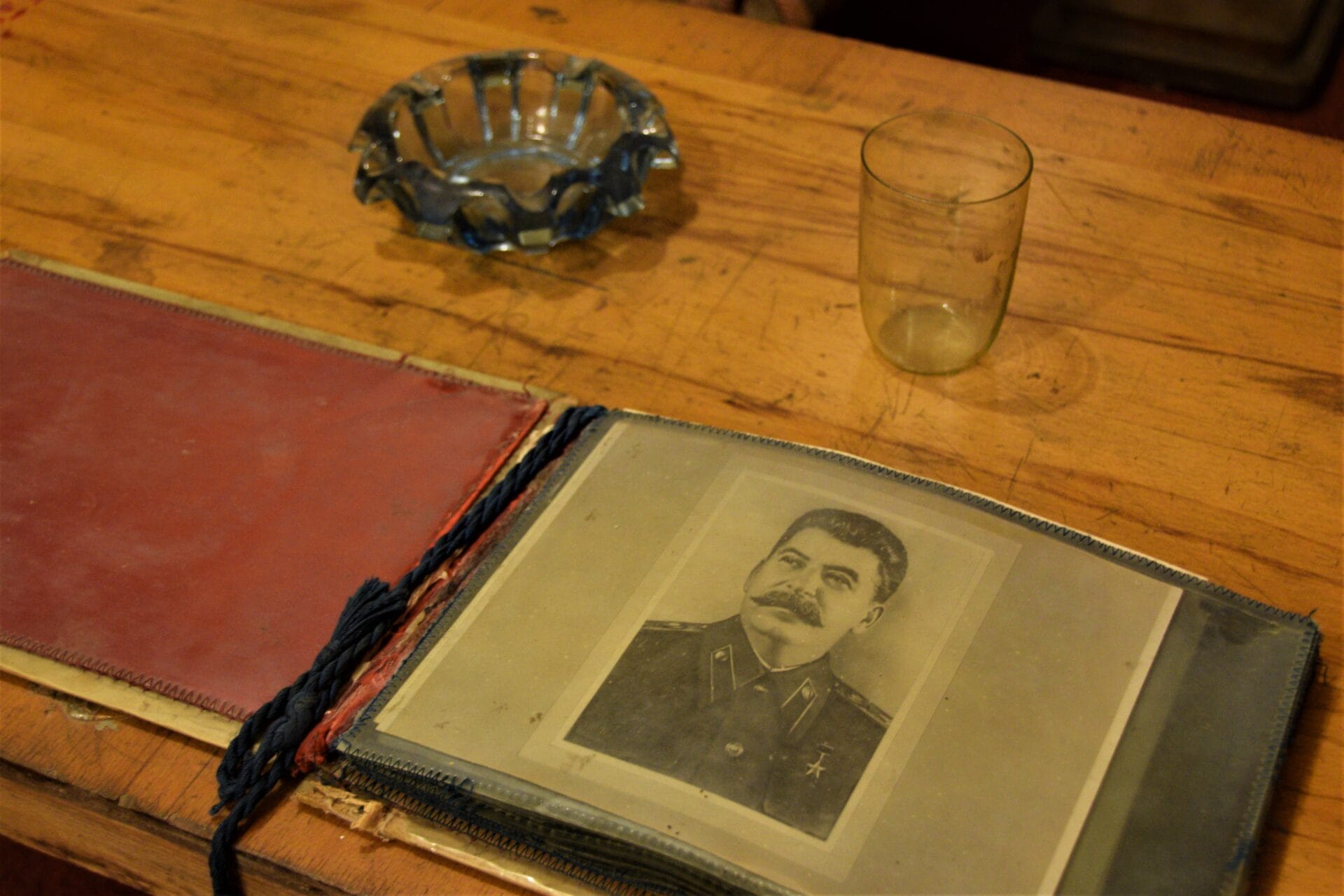
Bunk'Art 2 (Tirana)
While Bunk’Art 1 focuses more on the general history regarding Albania’s communist past, Bunk’Art 2, conveniently located right next to Skanderbeg Square in the centre of Tirana, takes a closer look at the different institutions used by the regime to spy, persecute, and control its own people.
Housed in the secret bunker of the Ministry of Interior, the exhibition starts with a thorough look at the gendarmery and police force (that part is quite lengthy to be honest), before focusing on the secret police Sigurimi (=”security”), as well as the horrible reality of the many concentration camps set up across the country by the communist dictatorship.
Should you be short on time and be forced to choose, I suggest skipping Bunk’Art 2 in favour of the House of Leaves, as it covers the secret police in more depth and you will have seen the underground bunkers in Bunk’Art 1 (definitely do not skip!) anyways.
Entrance fee | 500 Lek | Audio Tour 700 Lek (Summer 2023)
Opening hours | Sunday-Thursday 9:30-18:00 | Friday and Saturday 9:30-20:00
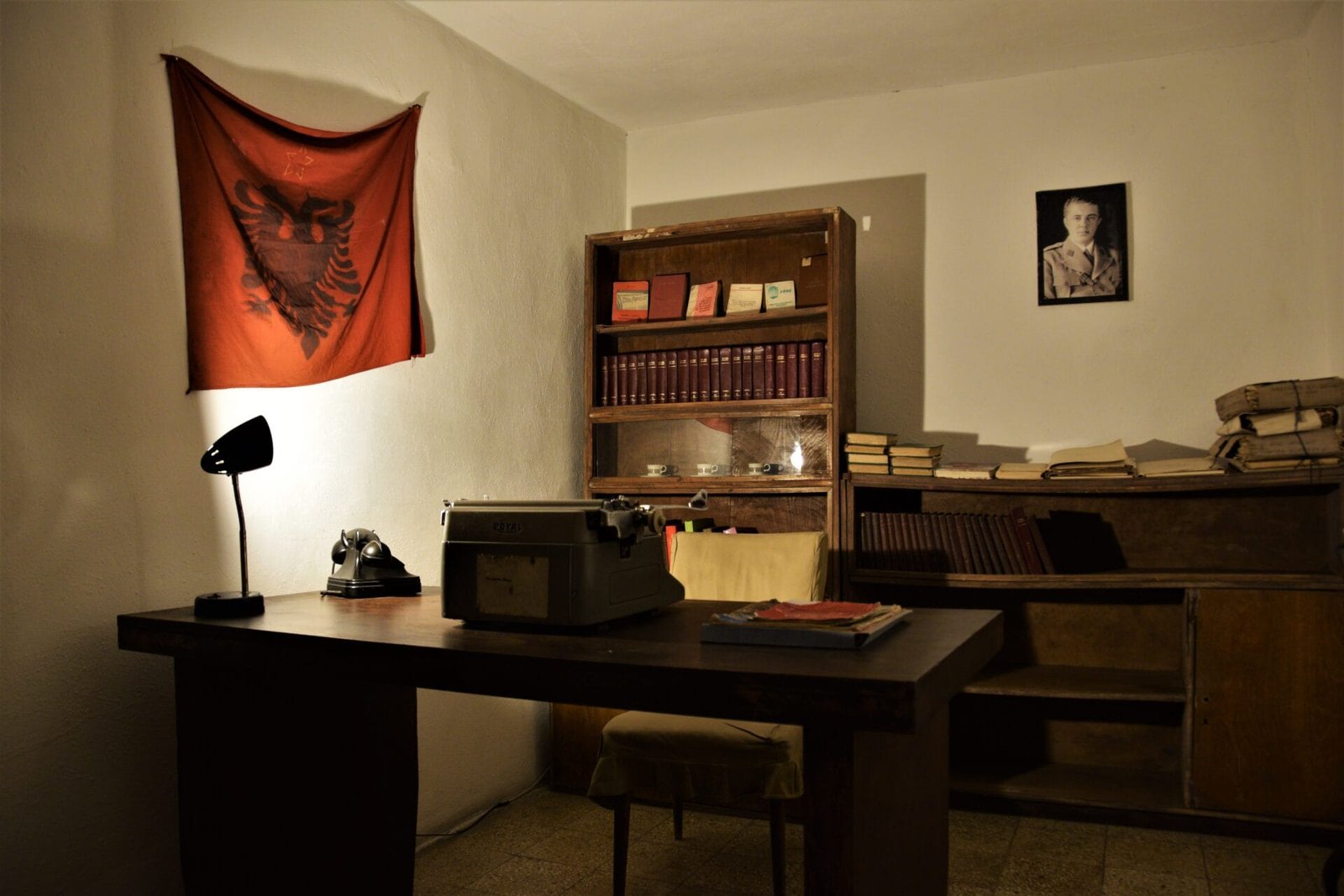
House of Leaves (Tirana)
This inconspicuous house, partly overgrown by ivy and wedged in between contemporary additions to Tirana’s skyline, might be one of Albania’s most unique museums.
Constructed in 1931 as a private obstetrics clinic, the purpose of the complex started to change drastically when the Gestapo moved onto the premiss, following the German occupation of Albania during World War II. After the fall of the Third Reich and the liberation of the country by communist partisan forces, it was transformed into the headquarter of the regime’s secret intelligence service: Sigurimi, Enver Hoxha’s tool of absolute control.
Henceforth, it became a place shrouded in mystery. A place people, out of fear, only dared to whisper about. Too likely was the possibility of someone listening. And like the rustling of leaves, their whispers floated through the streets and crept into the minds of anxious folk, where they lingered and grew into wild rumours regarding the occurences inside these dreaded walls.
Although the veil has been lifted and the House of Leaves has opened to the public, it is undeniable that the buildings secretive past seems to follow your every step.
Who knows who still listens in these dim hallways?
Entrance fee | 700 Lek (January 2024)
Opening hours | Tuesday-Saturday 10:00-16:00 | Sunday 10:00-15:00 | closed on Mondays
Free admission | 18 April | 18 May | 21 May | 5 June | 27 September | 29 September | 28 November | last Sunday of every month (except June/July/August)
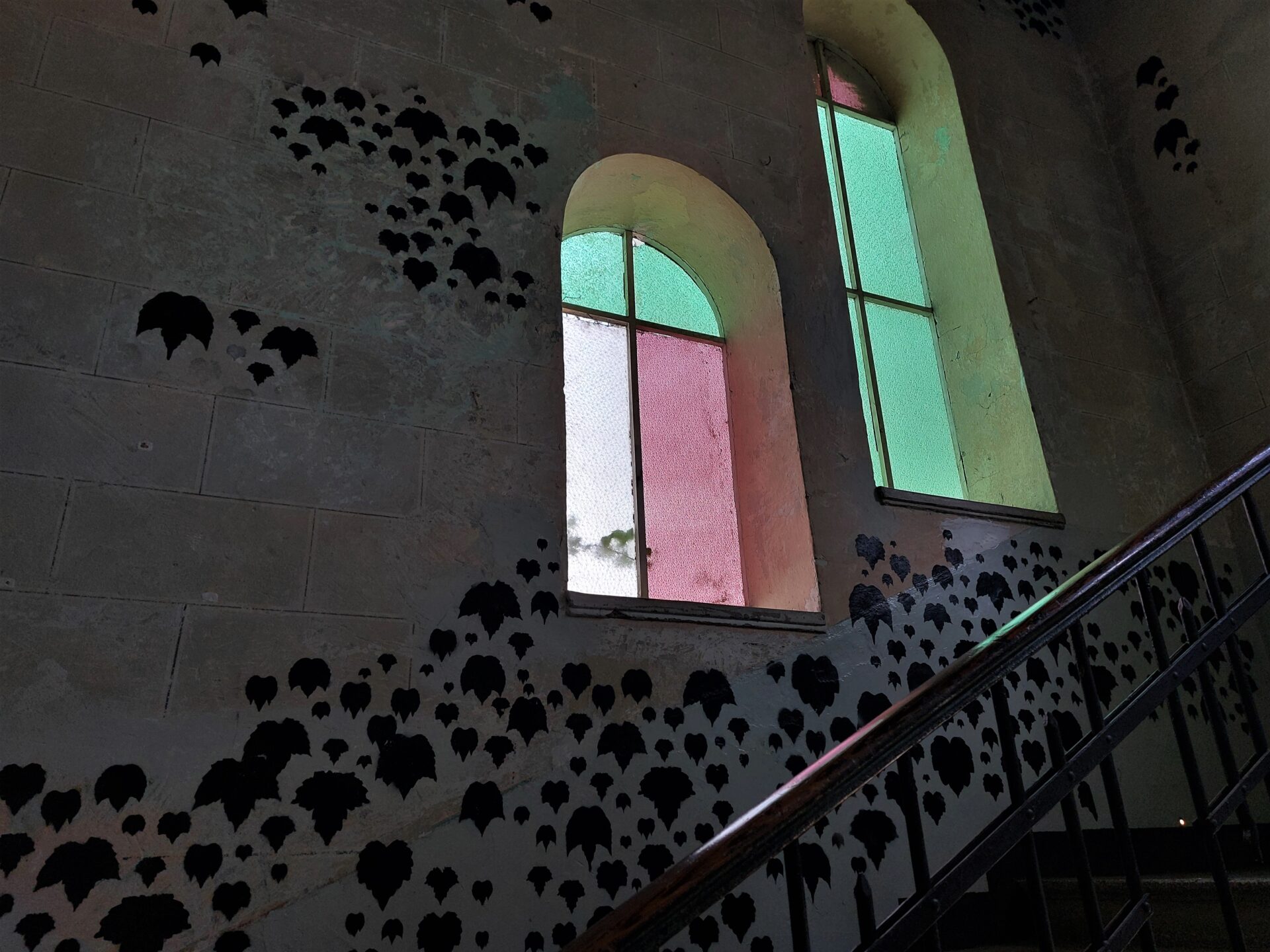
Site of Witness and Memory (Shkodra)
Beginning in the 1960s, Albania’s communist regime adopted a gradually more repressive stance towards religion, culminating in the Cultural and Ideological Revolution and the proclamation of Albania as the first (as well as the last) Atheist country on Earth.
Overnight, believers of any faith became enemies of the state. Often labelled as fascist collaborators, many of them vanished in prisons and labour camps.
Thousands of temples were seized by the communists and either razed to the ground or repurposed as theatres, cinemas, or sport facilities (the main mosque in Gjirokaster even housed the local circus!), while other religious institutions were turned into places of horror for the people they used to shelter.
The Site of Witness and Memory in Shkodra is one of those places. The first site in Albania to commemorate the victims of this purge, it tells the harrowing story of persecution, torture, and murder from the perspective of Albania’s religious groups. A grim tale of a country trying to rid itself from religion at all costs.
Set in a former prison, it is an incredibly immersive yet oppressive museum experience.
Entrance fee | 200 Lek
Opening Hours | Monday-Friday 9:00-14:30 | Saturday 9:00-12:30
FIND OUT MORE | The creepy prison museum of Shkodra
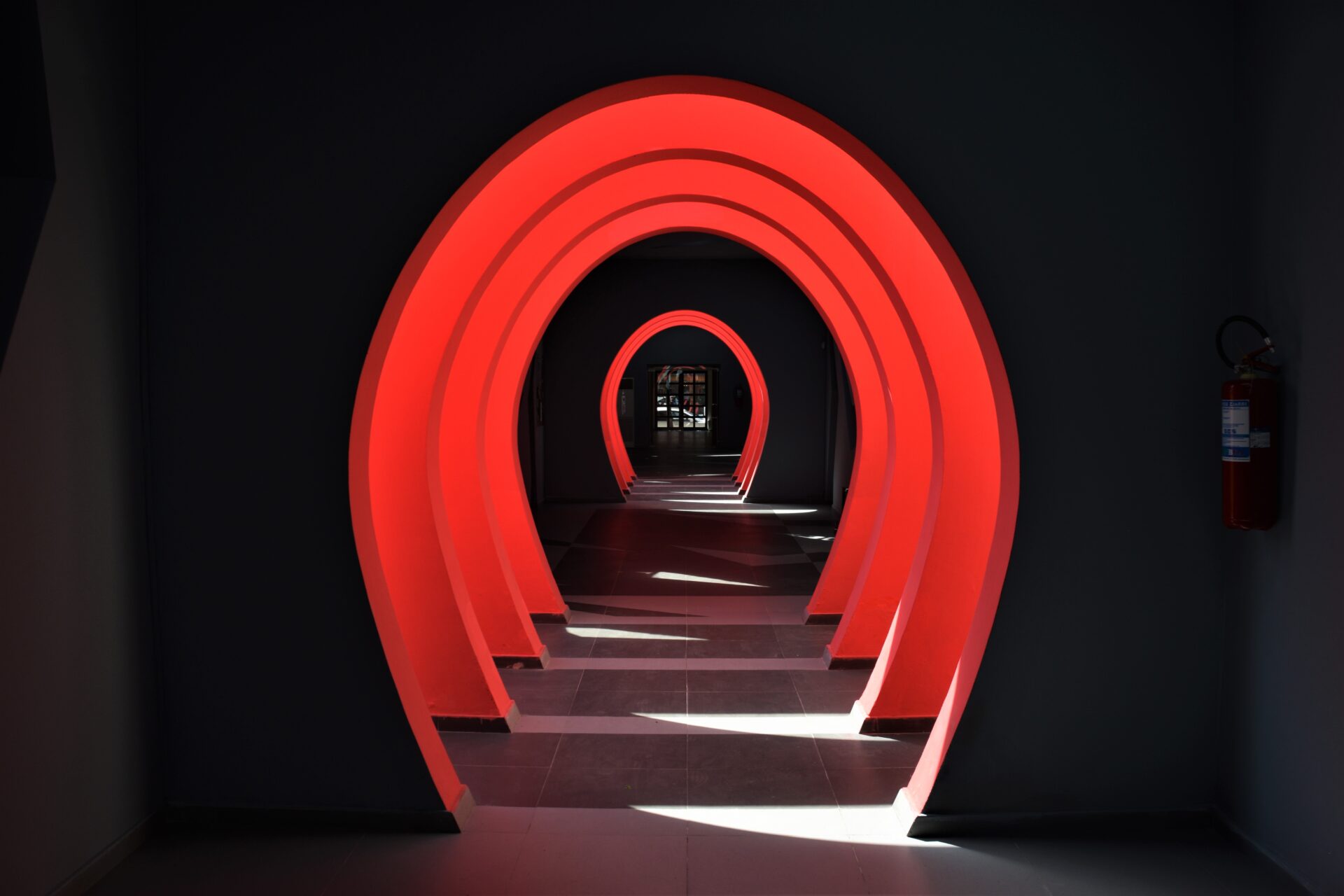
Museum of Gjirokastër (Gjirokastër)
As the birthplace of Enver Hoxha, Gjirokastër holds a special place in the history of Albania. However, despite his self-proclaimed fondness for his childhood town, he barely visited after becoming Albania’s dictator.
The Museum of Gjirokastër, situated in the halls of the impressive Gjirokastër Castle, houses an intriguing exhibition about the town’s storied past, including an entire section dedicated to the city’s most notorious son and his communist pipedream.
The fortress also functioned as a high security prison for political enemies during Albania’s darkest period. The cells, albeit not as eerie as the ones in Shkodra, have been virtually left untouched and can be visited as part of the museum.
